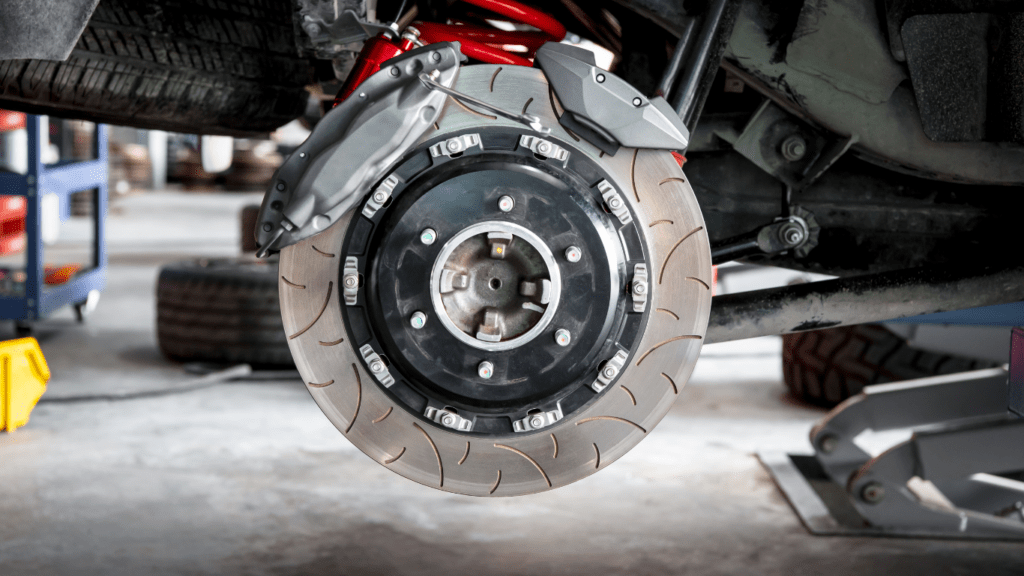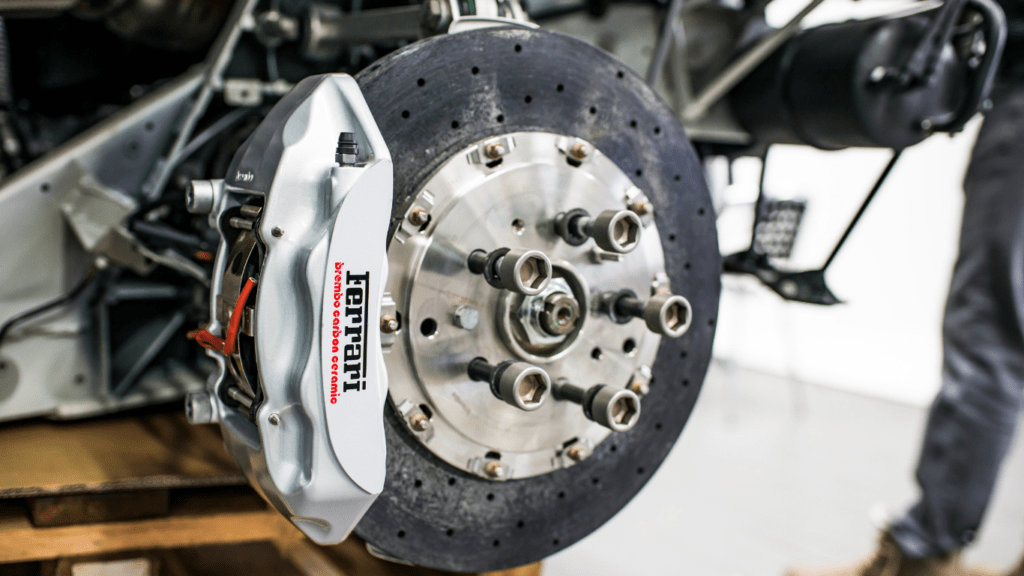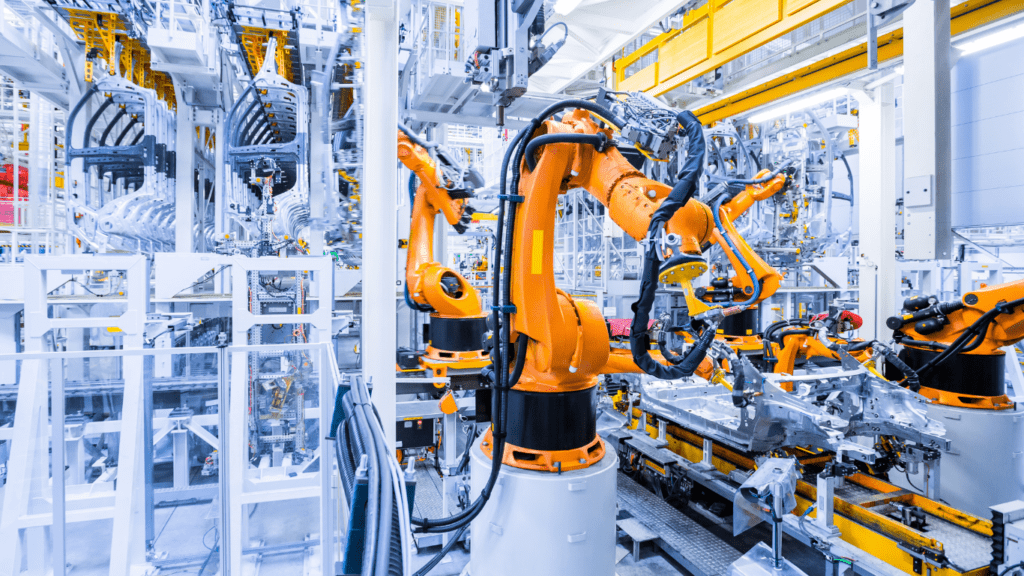Stepping into the era of connected vehicles, I’ve witnessed firsthand how IoT is reshaping the automotive landscape. From enhancing driver safety to optimizing vehicle performance, the Internet of Things (IoT) is revolutionizing the way we interact with our cars. Imagine a world where cars can communicate with each other, anticipate traffic patterns, and even self-diagnose issues before they become problems. This transformation is not just futuristic speculation; it’s the reality of today’s automotive industry. As a seasoned observer in the tech and automotive sectors, I’ve seen how IoT integration is propelling the industry into a new age of innovation and efficiency.
Overview of IoT in Automotive Industry
Exploring IoT’s impact on the automotive sector reveals a landscape ripe with innovation and efficiency. With IoT technology paving the way, vehicles are now more than mere modes of transport; they are intelligent entities capable of enhancing safety, performance, and communication among themselves. In my experience in both the tech and automotive spheres, I have witnessed firsthand how the integration of IoT is reshaping the industry, pushing boundaries, and revolutionizing the way we interact with cars.
IoT Applications in Vehicles
IoT is significantly impacting vehicles, enhancing various aspects of driving and vehicle management. Here’s how IoT technology is being utilized in the automotive industry:
- Connected Infotainment Systems
I have seen how connected infotainment systems have become a standard feature in modern vehicles. These systems integrate IoT technology to provide drivers and passengers with a seamless experience. For instance, it’s common to find cars equipped with touchscreens that offer navigation, media streaming, and real-time traffic updates. With IoT, these infotainment systems can also be connected to other smart devices, allowing for personalized settings and enhanced entertainment options on-the-go. - Predictive Maintenance
I have observed the transformation in vehicle maintenance through predictive maintenance enabled by IoT. Automakers are leveraging IoT sensors installed in vehicles to monitor various components in real-time. These sensors collect data on the vehicle’s condition, performance, and potential issues. By analyzing this data, automotive companies can predict maintenance needs accurately and schedule proactive repairs before a breakdown occurs. This proactive approach not only improves vehicle reliability but also saves owners time and money on unexpected repairs.
IoT-Enabled Safety Features
Enhancing driver safety is a core focus of IoT integration in the automotive industry. I’ll delve into how IoT-enabled safety features are revolutionizing the way we approach vehicle safety.
Real-time Monitoring and Alerts:
IoT technology allows for real-time monitoring of various safety parameters in vehicles. For instance, sensors can detect driver behavior, vehicle speed, and road conditions to provide immediate alerts in case of potential dangers.
Collision Avoidance Systems:
IoT-equipped vehicles come with advanced collision avoidance systems that utilize data from sensors and cameras to detect obstacles on the road. These systems can automatically apply brakes or steer the vehicle to prevent collisions.
Emergency Assistance:
In the event of an accident, IoT-enabled safety features can automatically alert emergency services, providing precise location details and crucial information to expedite response times and assist drivers and passengers.
Driver Assistance Technologies:
IoT integration enables the development of driver assistance technologies such as lane departure warnings, adaptive cruise control, and drowsiness detection systems. These features enhance driver awareness and improve overall safety on the road.
Vehicle-to-Everything (V2X) Communication: V2X communication, facilitated by IoT technology, allows vehicles to communicate with each other and with infrastructure elements like traffic lights and road signs. This enables enhanced safety measures, such as warnings about upcoming hazards or traffic conditions.
V2X communication, facilitated by IoT technology, allows vehicles to communicate with each other and with infrastructure elements like traffic lights and road signs. This enables enhanced safety measures, such as warnings about upcoming hazards or traffic conditions.
The implementation of IoT-enabled safety features represents a significant stride towards creating a safer driving experience for all road users. It showcases the potential of technology to mitigate risks, prevent accidents, and prioritize the well-being of drivers and passengers.
Data Security in IoT Automotive Systems
Ensuring robust data security in IoT automotive systems is paramount to safeguarding sensitive information and maintaining the integrity of connected vehicles. As technological advancements continue to transform the automotive industry, the adoption of IoT brings new challenges related to data privacy and security. With the interconnected nature of IoT devices in vehicles, protecting data from potential cyber threats is a critical concern.
As I explore the implications of data security in IoT automotive systems, it becomes evident that implementing robust encryption protocols is essential to protect the data transmitted between interconnected devices. By encrypting data both in transit and at rest, manufacturers can mitigate the risk of unauthorized access to sensitive information, such as driver preferences, vehicle diagnostics, and location data.
Moreover, the integration of secure authentication mechanisms, such as biometric sensors or multi-factor authentication, adds an extra layer of protection against unauthorized access to IoT-enabled vehicle systems. These authentication measures help verify the identity of users and ensure that only authorized individuals can access critical functions within the vehicle.
Furthermore, regular security updates and patches are crucial to addressing vulnerabilities and strengthening the overall security posture of IoT automotive systems. Continual monitoring of potential security threats and proactive measures to mitigate risks are essential in safeguarding connected vehicles from evolving cyber threats.
Prioritizing data security in IoT automotive systems is indispensable to ensure the reliability, safety, and confidentiality of vehicle data. By implementing robust encryption, secure authentication mechanisms, and proactive security measures, manufacturers can enhance the protection of connected vehicles and uphold the trust of consumers in the integrity of IoT technologies within the automotive industry.

 Holly Keenstier is a crucial helper at The Code Crafters Hub, where her contributions significantly enhance the platform's capabilities. Keenstier's background in software development and her meticulous approach to project tasks have made her an integral part of the team. Her role involves various responsibilities, from aiding in technical troubleshooting to supporting content development, all of which are essential to maintaining the hub’s high-quality standards.
Keenstier’s dedication to The Code Crafters Hub is evident in her commitment to delivering relevant and insightful content. Her efforts help ensure that the platform remains a leading resource for the latest advancements in web development, game development, IoT, and cybersecurity. Based in Warren, MI, Keenstier’s work is instrumental in keeping the hub’s offerings dynamic and up-to-date.
Holly Keenstier is a crucial helper at The Code Crafters Hub, where her contributions significantly enhance the platform's capabilities. Keenstier's background in software development and her meticulous approach to project tasks have made her an integral part of the team. Her role involves various responsibilities, from aiding in technical troubleshooting to supporting content development, all of which are essential to maintaining the hub’s high-quality standards.
Keenstier’s dedication to The Code Crafters Hub is evident in her commitment to delivering relevant and insightful content. Her efforts help ensure that the platform remains a leading resource for the latest advancements in web development, game development, IoT, and cybersecurity. Based in Warren, MI, Keenstier’s work is instrumental in keeping the hub’s offerings dynamic and up-to-date.
